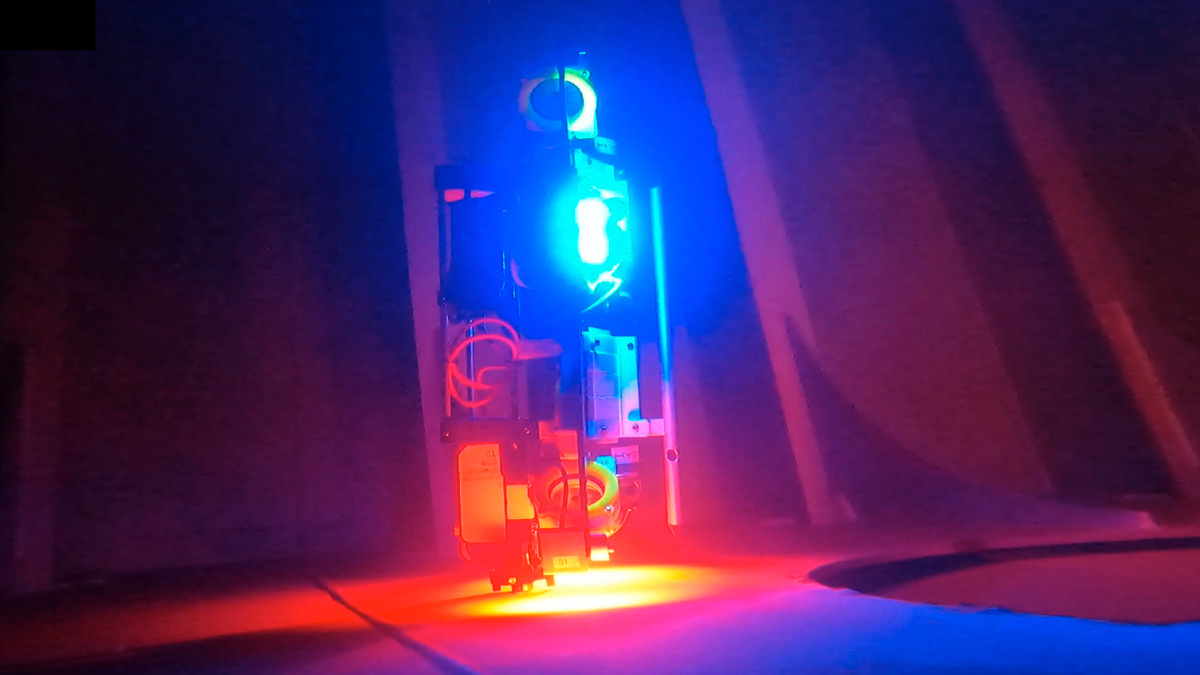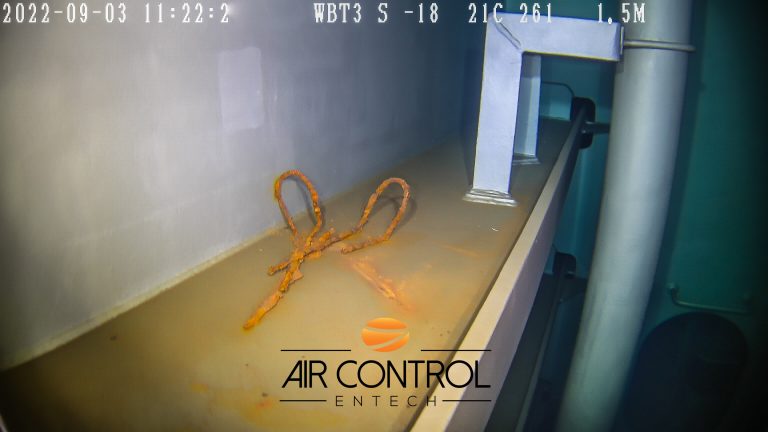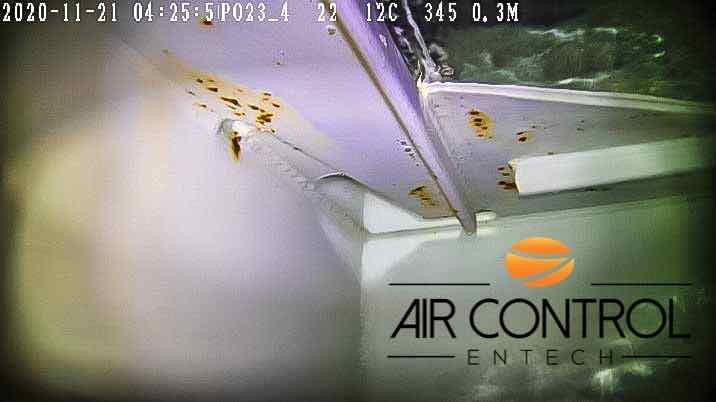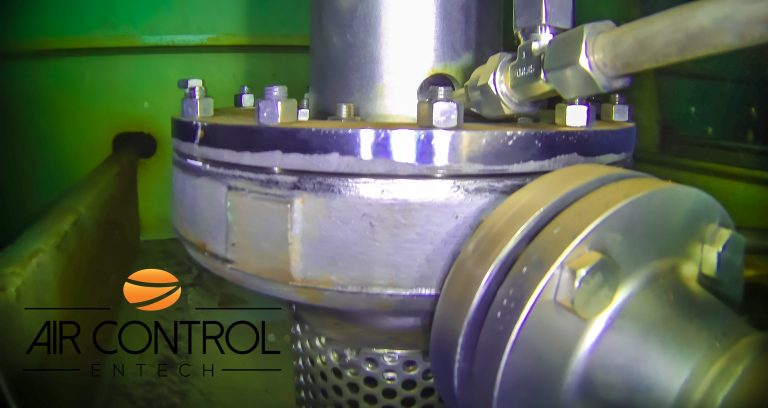 Contact ACE
Contact ACE
Latest News
The Optimal Tool for Class Inspections in Ballast Tanks: Mini ROVs
11 July 2023


One of the most challenging tasks of tank inspections is inspecting ballast tanks, which are fundamental to the safety and stability of any vessel. Inspecting ballast tanks requires specialised equipment that can withstand harsh environments and provide accurate and detailed imagery. And that’s where mini ROVs come into play. In this blog post, we’ll explore why mini ROVs are the optimal inspection tool for class inspections in ballast tanks.

Mini ROVs are compact and manoeuvrable, making them ideal for navigating the tight spaces found in ballast tanks. These remotely operated vehicles can explore almost every corner of a tank from any angle, providing a 360-degree view of the entire area. Mini ROVs’ cameras offer high-definition and high-resolution footage that allows inspectors to see every detail of the tank and any damage. Furthermore, this small device can operate up close and personal with the tank walls, offering comprehensive inspections with both visual and UTM that human inspection cannot compete with in the same timeframe. ROVs like the Exray from Hydromea SA offer even further benefits by offering both tethered and tether less systems to further enhance manoeuvrability and eliminate snagging risks inside the tank. This capability makes them the best tool for detecting any defects, cracks, or corrosion that could turn into bigger problems in the future.

Due to their size, mini ROVs can be easily transported and deployed. This feature is particularly useful when inspecting vessels that are already in operation and are not currently docked. Mini ROVs can be mobilised and launched relatively quickly. As a result, the vessel’s downtime is minimised, and inspections are completed quicker, with no compromise on accuracy and completeness, which can lower the cost of inspections compared to other inspection methods.

The use of mini ROVs also eliminates the health and safety risks that come with human entry into tanks, such as the risk of falls, entrapment, and exposure to hazardous gases. Remote operations mean that inspectors are entirely removed from harms way and can conduct inspections from a safe distance. This reduces the risk of accidents and injuries, which can result in lost man-hours and increased insurance costs.

Conclusion:
The use of mini ROVs also eliminates the health and safety risks that come with human entry into tanks, such as the risk of falls, entrapment, and exposure to hazardous gases. Remote operations mean that inspectors are entirely removed from harms way and can conduct inspections from a safe distance. This reduces the risk of accidents and injuries, which can result in lost man-hours and increased insurance costs.



